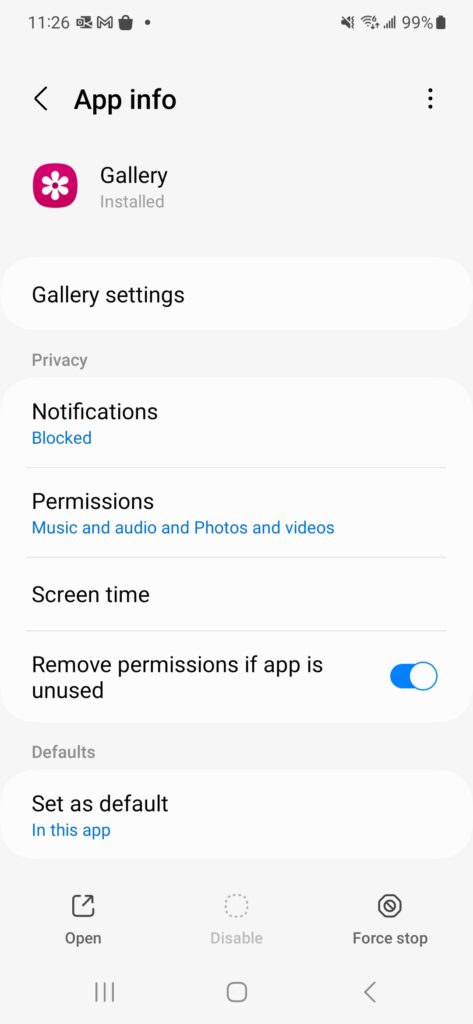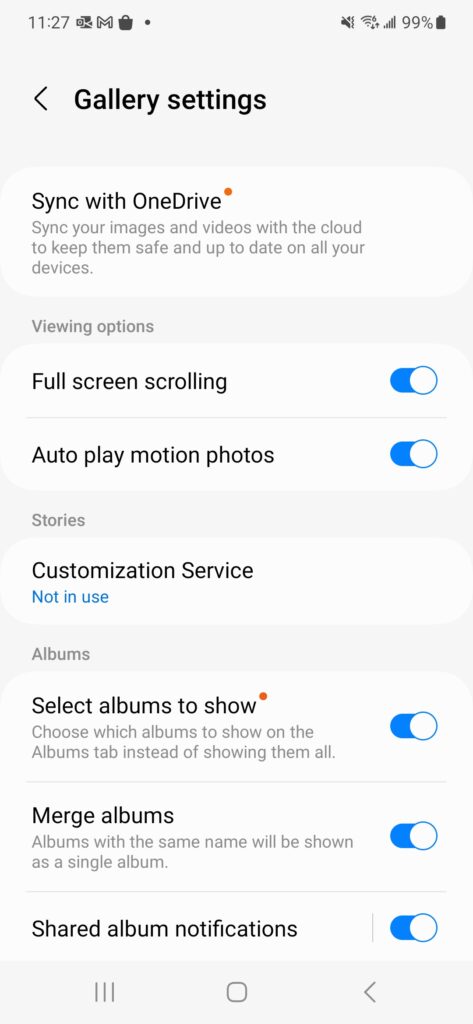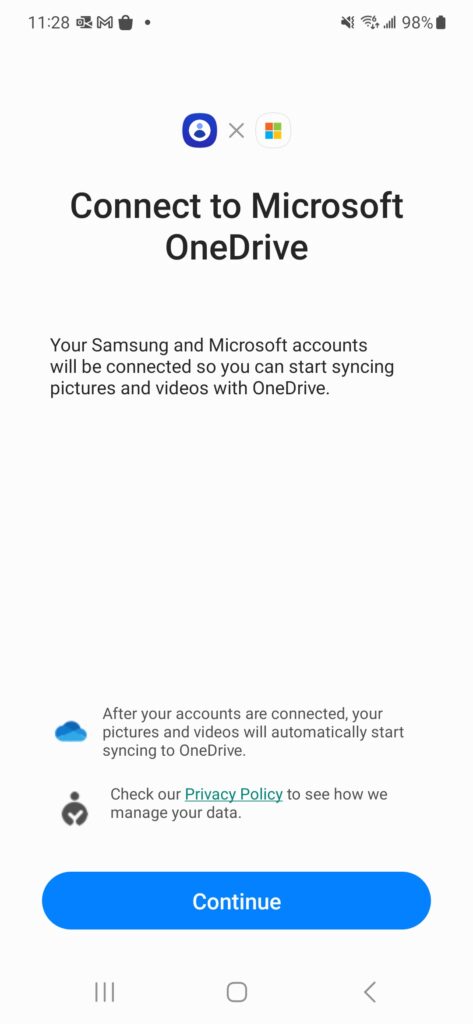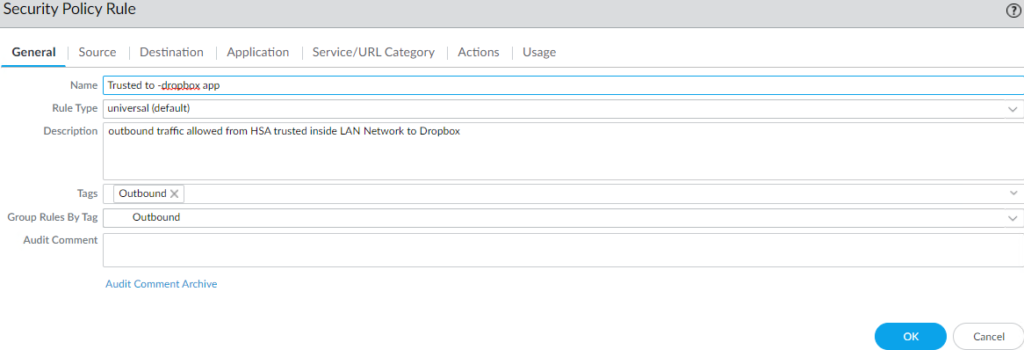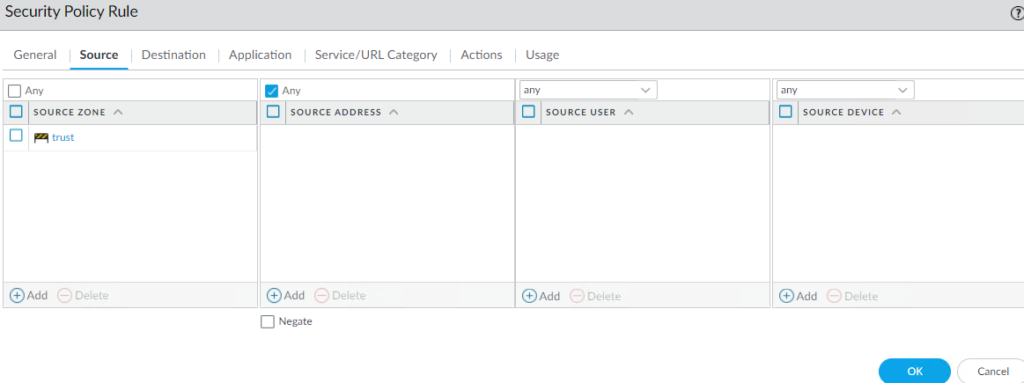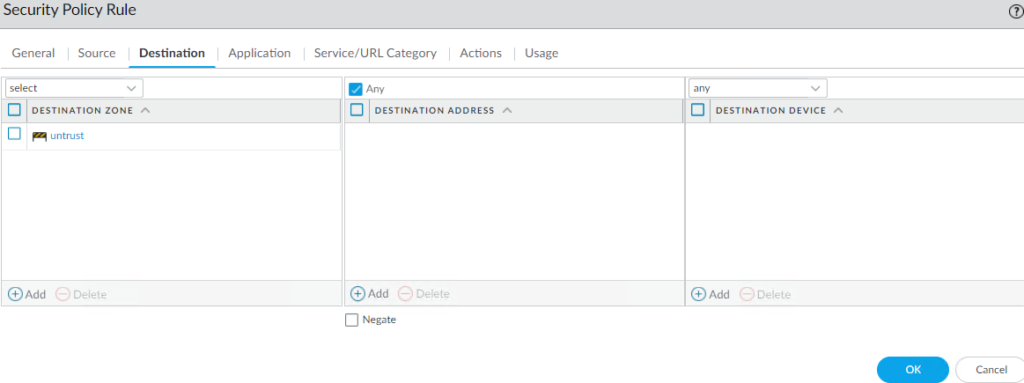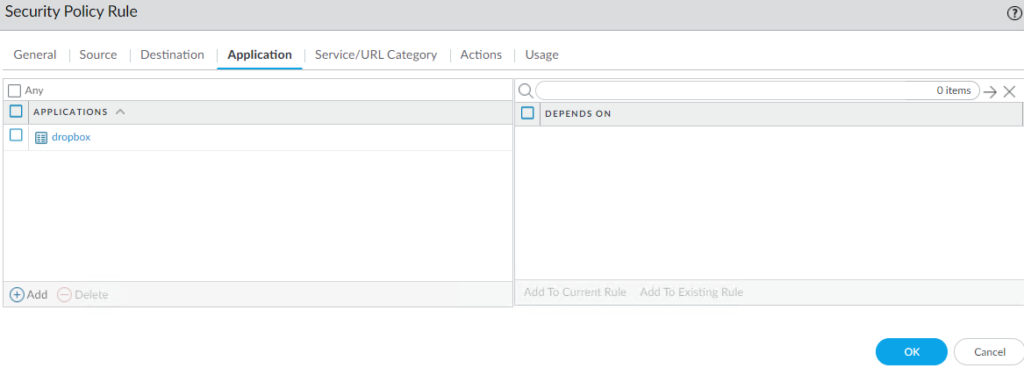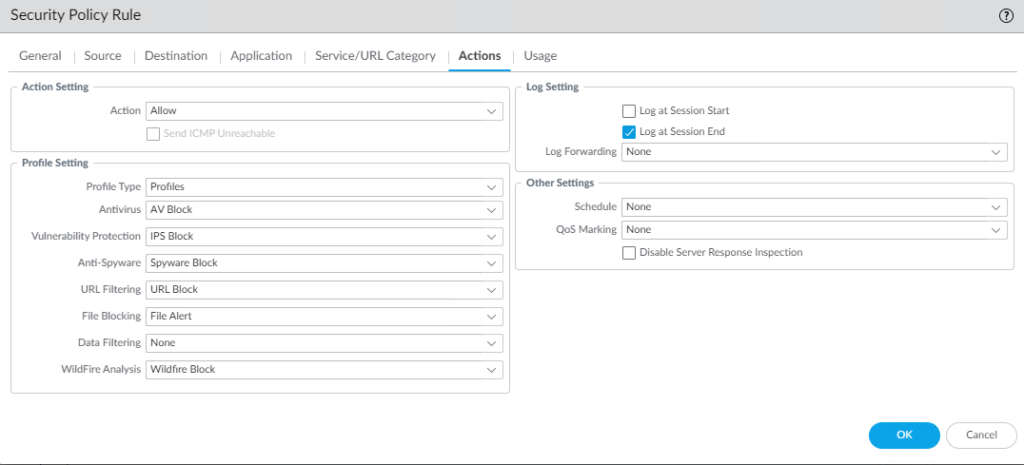If you need to invite by e-mail that these people are not from the organization,
Please follow on the steps below..
- Select Schedule a meeting Schedule a meeting button in a chat (below the box where you type a new message) to book a meeting with the people in the chat.
Go to Calendar Meetings button on the left side of the app and select New meeting in the top right corner.
Select a range of time in the calendar. A scheduling form will pop open.
The scheduling form is where you’ll give your meeting a title, invite people, and add meeting details. Use the Scheduling Assistant to find a time that works for everyone.
Teams lets you invite people outside your organization, including those who don’t have a Teams license. You’ll need their full email address to invite them.
Go to where it says Add required attendees. If anyone is an optional attendee, select Optional instead.
Type the person’s full email address (ex: *** Email address is removed for privacy ***).
Select Invite. They’ll receive an email with a link to the meeting.
